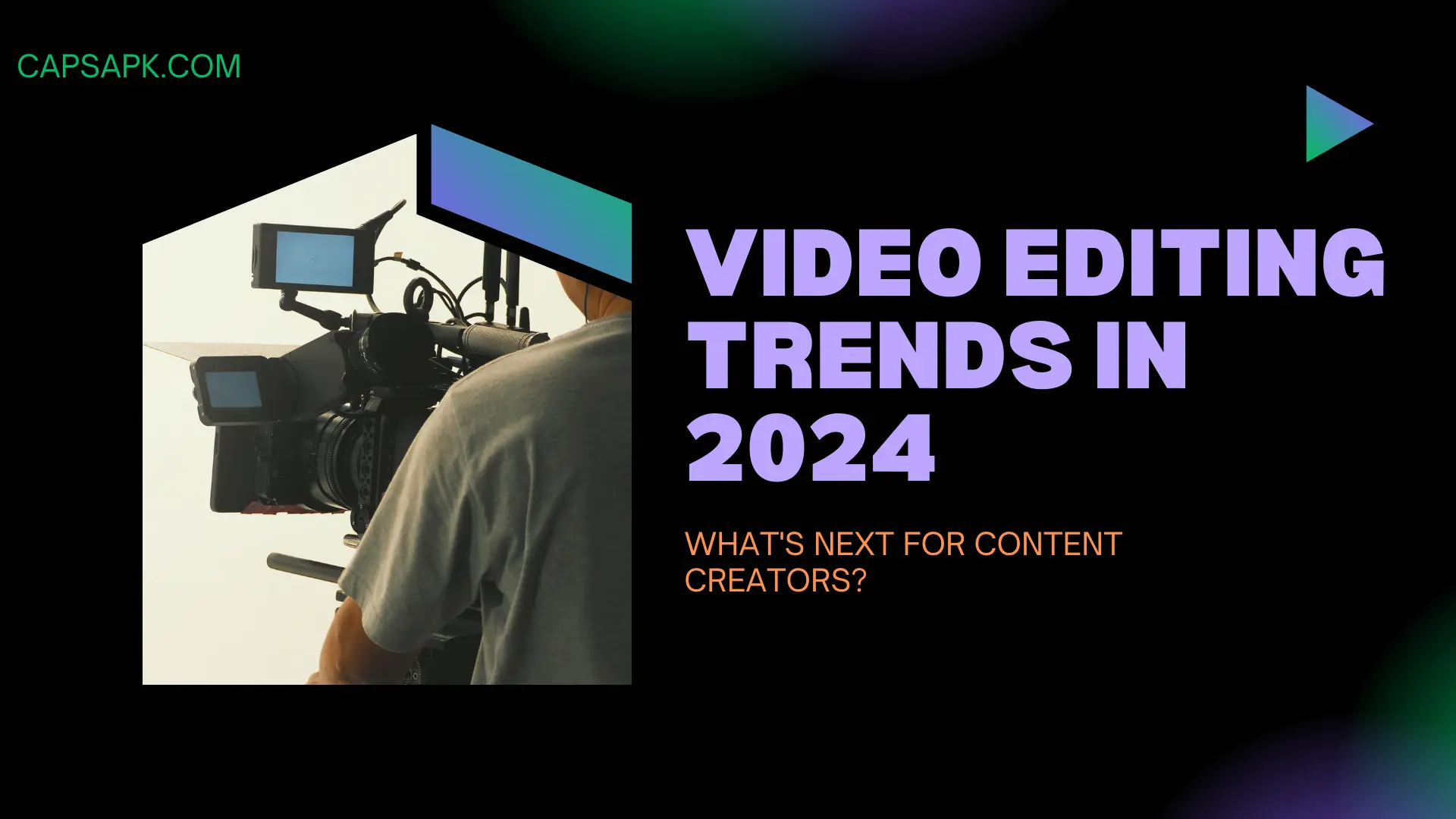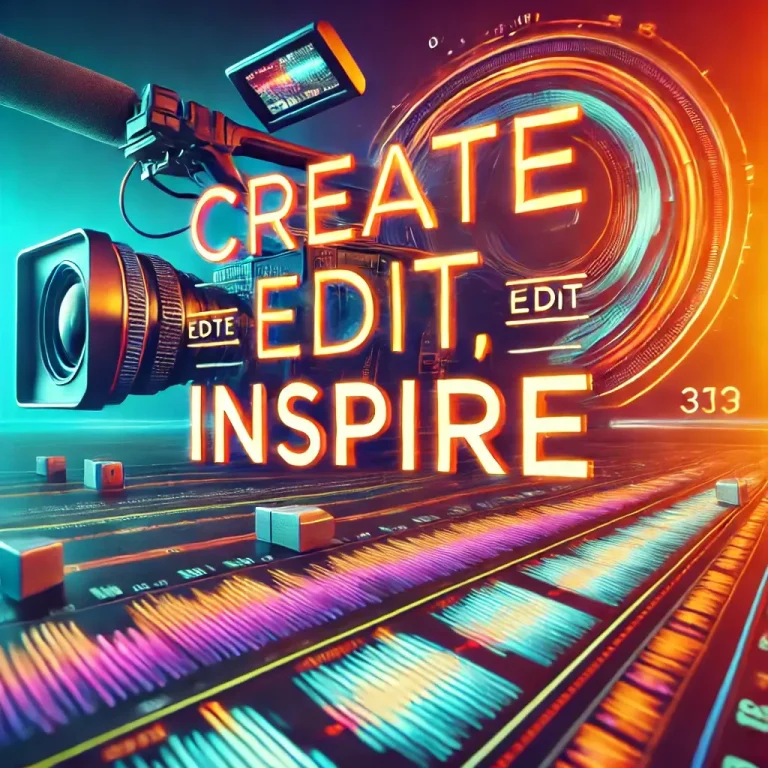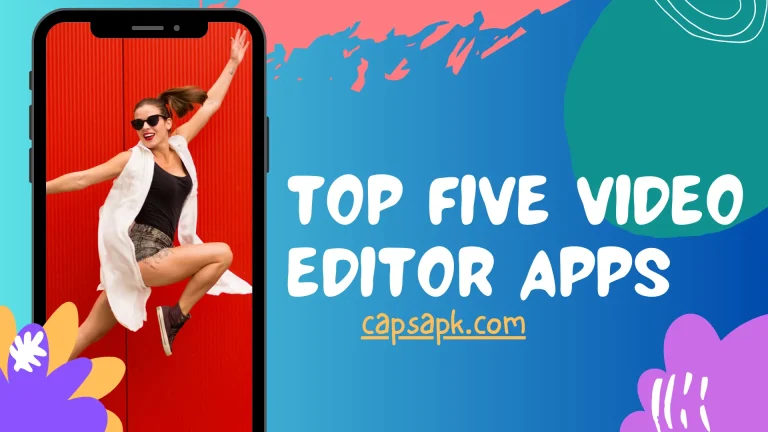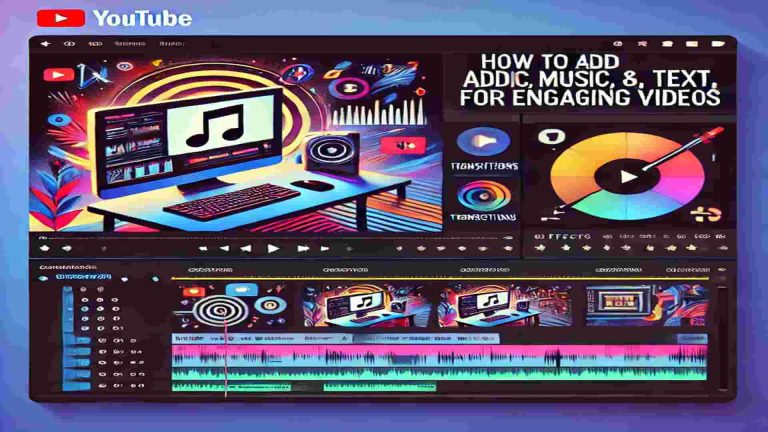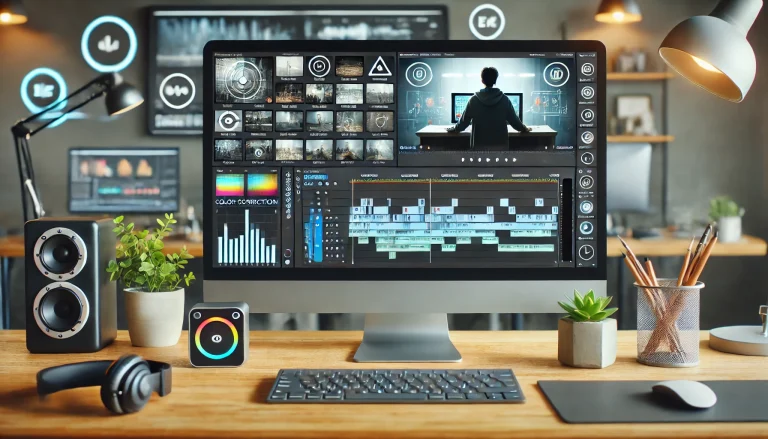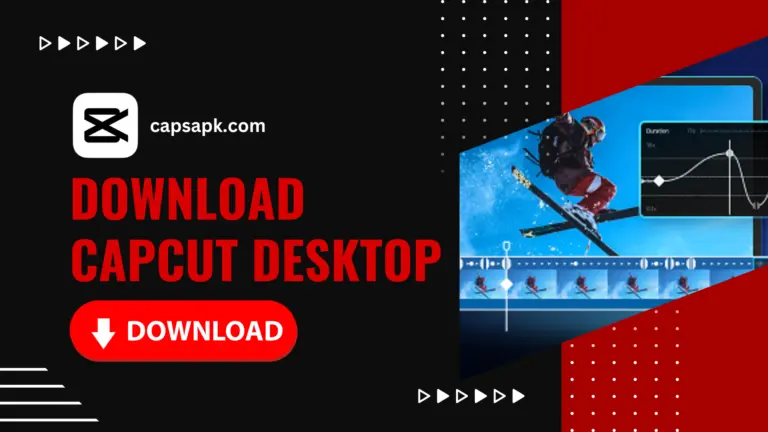Video Editing Trends in 2024: What’s Next for Content Creators?
The world of video editing has constantly changed over time. Still, this year is one of the most exciting shaping years for content creators and video editors, with AI-driven video editing software and trendy mobile video editing apps.
The trend we are seeing now is set to revolutionize how creators produce, edit, and distribute their video content worldwide. If you are wondering what to do next, let’s dive into the most prominent video editing trends content creators need to know.
AI-Powerd video editing tools The future is now
One of the most popular video editing trends this year is the rise of AI-powered video editing tools. AI has changed the creative and video editing process. In this modern era, we are seeing an increase in software that automates routine editing tasks such as color correction, noise canceling, cutting and trimming clips, and even sound balancing.

This not only speeds up the editing process but also makes video editing accessible to creators at all skill levels. Tools like Adobe Premier Pro, capcut, and DaVinci Resolved are already leading the video editing industry with advanced AI features, making video creation faster, more professional, and more accessible for creators for at all skill levels.
AI isn’t just about speeding up the video editing process; it’s about empowering creators to innovate with more complex edits that would otherwise require hours of manual work.
AI can recognize faces and objects’ emotional tones, making it easier for creators to craft professional-level content without the need for a large video editing team. This level of control and confidence is a game-changer in the industry.
Short-form content is king
With the presence of many social media platforms like YouTube, TikTok, and Instagram short form videos are performing well. The audience is more likely to engage in short-form videos which shifts the focus of content creators. Short-form videos are not only easy to produce it also perform well in engaging the audience.
With the average attention span decreasing, short-form content is more likely to capture and retain viewers’ interest, leading to higher engagement rates and increased visibility for creators.
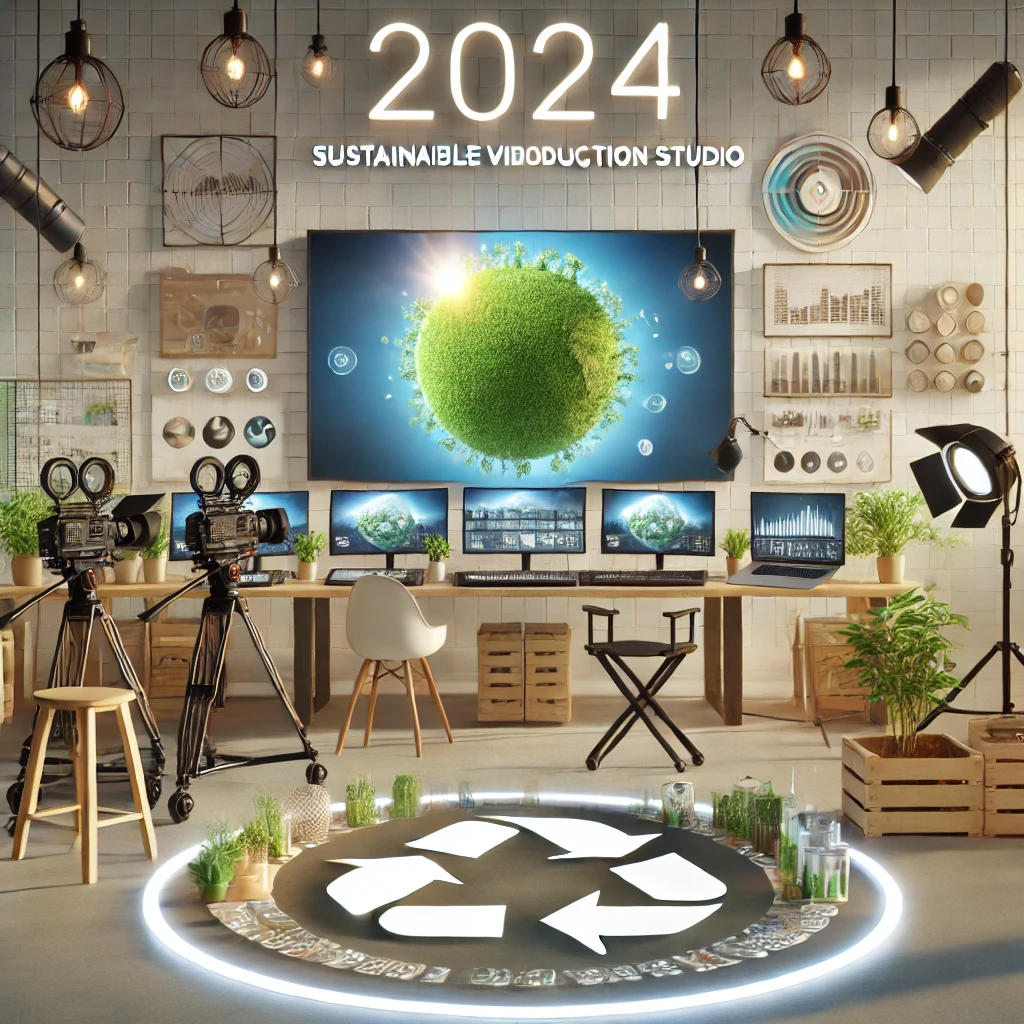
This trend has led to a more refined video editing process for content creators. Tools are now optimized for creating vertical videos. Features like split screen, text overlay, and transitions are becoming easier to access on mobile editing apps, allowing creators to produce high-quality video content on the go.
Cloud-based editing for collaboration and flexibility
Cloud-based visiting is another famous video editing trend but a year ago content creators were bound to use powerful desktop computers to edit large-size videos. But with the advancement in technology, faster internet facilities and most importantly better infrastructure content creators can edit videos very easily from all over the world.
Platforms like frame.io and Wevideo enable real-time collaboration on different projects from all over the world. However, cloud-based editing introduced challenges to content creators regarding security and data infrastructure.
Mobile editing apps take over.
Mobile video editing is another trend in this modern era. As smartphones become more powerful and their cameras more advanced, creators are increasingly turning to phones to shoot, edit, and publish content directly from their devices.
Apps like capcut, kinemaster, Adobe Rush, and Lumafusion are leading the pack in offering professional grad features like multitrack editing and advanced color grading, all on your phones. This accessibility empowers creators of all levels to produce high-quality content, regardless of their location or equipment.
Gone are the days when you needed a high-end desktop system to create visually stunning videos. Now, with smartphones and mobile editing apps, creators can produce content that rivals what was once only possible with desktop software. This trend is appealing to influencers and vloggers who need to stay nimble and mobile, producing content quickly while on the move.
Motion Graphics and 3D editing
Another video editing trend is the growing use of motion graphics and 3D elements in videos. Whether dynamic titles, animated logos, or intricate transitions, these elements add new layers of creativity and professionalism to the video content.
Thanks to user-friendly platforms like Canvas and Motion Arrays, even non-expert editors can now easily incorporate motion graphics into their work. Expect to see more tutorials and templates that guide creators in mastering 3D animations, even without excellent technical skills.
Real-time rendering and editing
Real-time editing is game-changing in this modern era. Previously, rendering video content could be time-consuming, especially for large video files or complex edits.
Now, with advanced software and apps, real-time editing is a standard feature, and this is the task now. Real-time editing means more creativity in less time. Content creators can preview their work instantly, make adjustments on the fly, and speed up the entire production process.
This time-saving feature is particularly beneficial for live streaming and interactive content, where changes can be made in real time without losing quality. It makes creators feel efficient and productive, allowing them to focus more on their creative vision.
Immersive experiences: VR and 360-degree videos
Virtual reality (VR) and 360-degree videos are no longer novelty items; they are becoming mainstream video editing trends. Popular platforms like Facebook and YouTube are supporting 360-degree videos, and content creators are now exploring new ways to immerse their audience in their storytelling.
Creating immersive experiences has also become more accessible. Cameras that capture 360-degree video are now more affordable, and editing software like Final Cut Pro, Adobe Premier Pro, and Capcut Pro offers tools for working with VR video content.
This trend opens up exciting possibilities for brands, educators, and content creators who want to deliver more engaging and interactive videos.
Sustainability in video editing
Sustainability is becoming a focal point in many industries, and video production is no different. In this era, creators are more conscious about the environmental impact of their workflows. From reducing energy consumption during the editing process to minimizing the footprint associated with travel for shoots, sustainable video editing is gaining attraction.
One key aspect of this crucial trend is a push toward virtual production. With tools like the Unreal engine, creators can now shoot scenes in entire environments, reducing the need for location filming. This not only cuts down the price but also aligns with growing demands for eco-friendly content creation practices.
Enhanced Audio Editing tools
Audio has always played a vital role in video editing production, and it’s getting the attention it deserves. Enhanced audio editing tools allow video editors to fine-tune their soundtracks, adjust dialogue clarity, and add immersive soundscapes with ease.
Tools like Audacity and Adobe Audition are becoming more sophisticated, and many more video editing apps are integrating advanced audio tools directly into their workflows. For content creators, this means more control over the quality of their sounds, which is crucial for keeping their audience engaged.
Conclusion
Video editing trends are shaping the future for content creators in bold and exciting ways. From AI-powered tools to VR videos, creators now have access to various innovative technologies that make producing high-quality videos faster and more accessible than ever before. Staying ahead of these trends is vital to standing out in the crowded digital landscape, and with so many tools on your fingerprint, the possibilities are limitless.
Keep Experimenting, stay creative, and, most importantly, enjoy the process.

